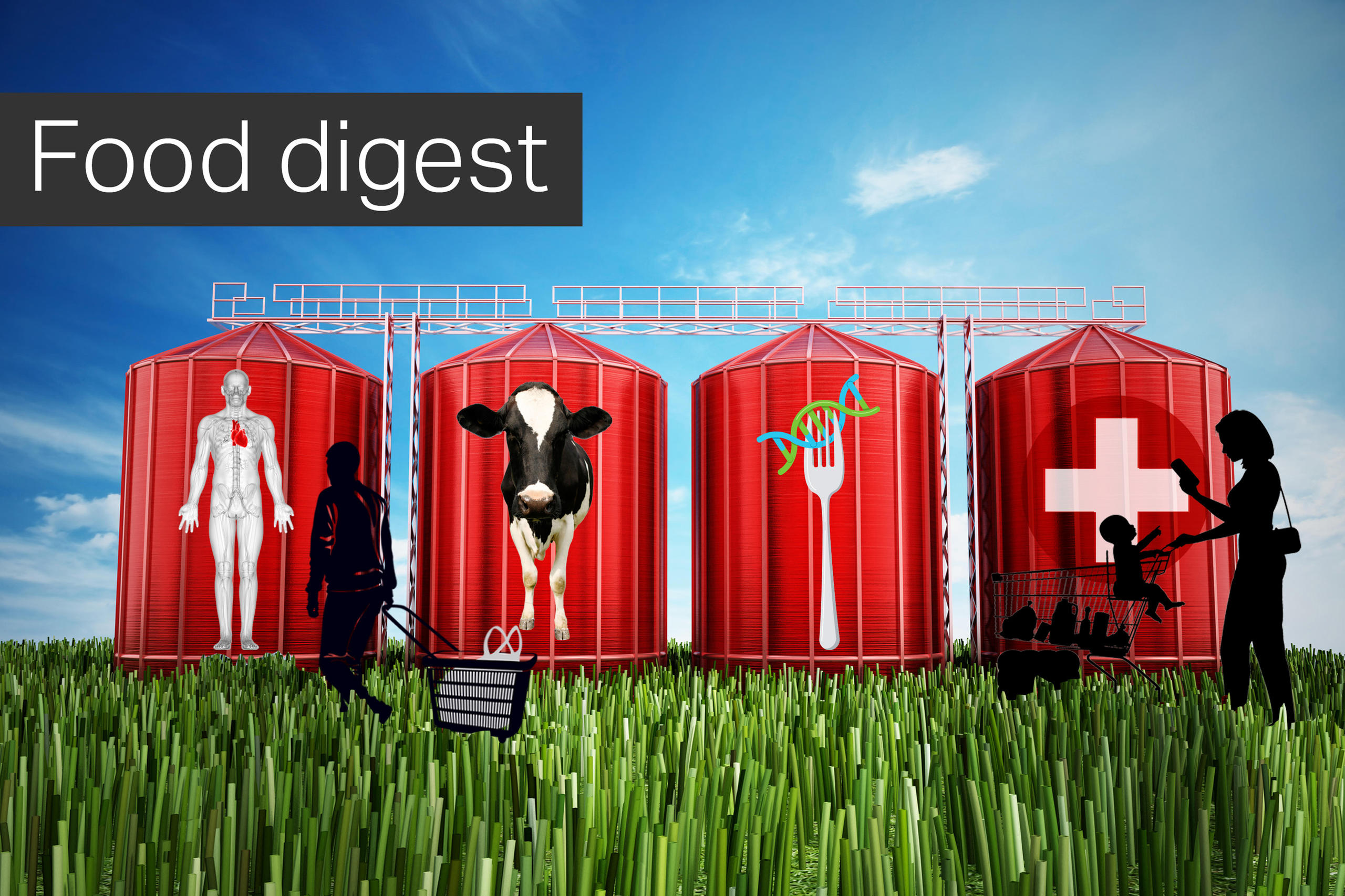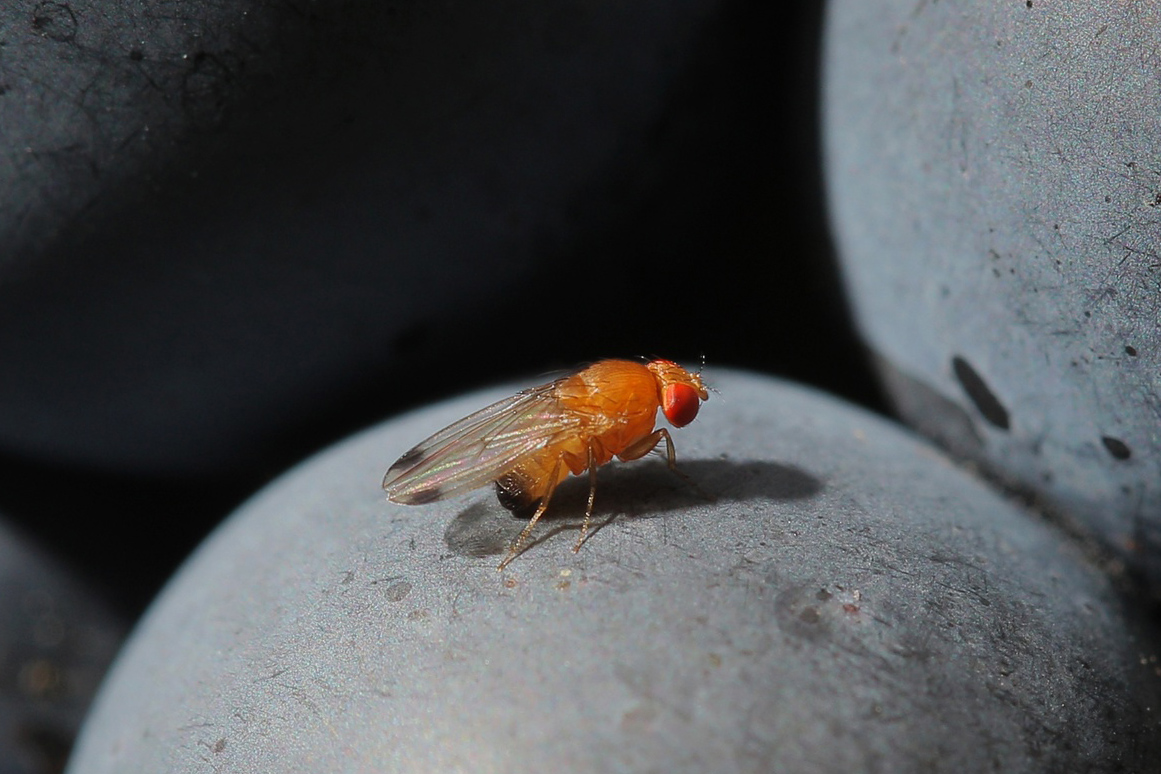Consumers are still buying food which makes them sick. How come?

One in ten people in the world falls ill after eating contaminated food, and 420,000 die every year. Is zero risk possible? Are governments and companies doing enough?
Switzerland is known around the world for its cheese, but what is not widely known is that people have died because of it. In 1987, 18 people lost their lives owing to an outbreak of listeriosis in canton Vaud caused by eating Mont-d’Or vacherin cheese made from raw milk. In 2005, two people died in canton Neuchâtel as a result of consuming a locally made Tomme cheese, also due to listeriosis. Two women suffered a miscarriage as a result of this outbreak. Listeriosis also claimed ten lives between 2018 and 2020 resulting from the consumption of contaminated brie manufactured by a firm in canton Schwyz.
Listeria is the bane of the food industry because the bacteria is resistant to freezing, heat and salt. Refrigerated foods with a long shelf life are most at risk as are raw meat and dairy products. Listeriosis is a relatively rare disease (with 0.1 to ten cases per million people per year depending on region) but a potentially deadly one, with a case fatality rate of 20%-30%, according to the World Health Organization (WHO).
This article is part of our dedicated coverage of developments in the food industry from a consumer’s point of view. Despite its small size, Switzerland occupies a substantial place in the global food basket. It is home to food and agriculture giants like Nestlé and Syngenta, as well a major players in chocolate and dairy. The country is also positioning itself as a food tech hub with many startups and a dedicated incubator in the form of the Swiss Food and Nutrition Valley. The Alpine nation is also the European hub for many commodity firms dealing with food products like soy, cocoa, coffee and palm oil.
Possible sources of infection include foods of animal origin (such as meat, cold cuts, fish, raw milk and dairy products, especially cheese) but also products of plant origin (such as bagged salads). In most healthy people the infection is usually mild and includes flu-like symptoms or diarrhoea. Often, there are no symptoms at all. In people with weakened immune defences, a range of severe symptoms can develop, including meningitis, septicaemia or pneumonia, and require treatment with antibiotics. Pregnant women are 20 times more likely to contract it, presenting a risk of miscarriage.
Foodborne diseases can cause short-term symptoms, such as nausea, vomiting and diarrhoea (commonly referred to as food poisoning), but they can also cause longer-term illnesses, such as cancer, kidney or liver failure, brain and neural disorders. These diseases may be more serious in children, pregnant women and those who are older or have a weakened immune system. Children who survive some of the more serious foodborne diseases may suffer from delayed physical and mental development, impacting their quality of life permanently.
Diarrhoeal diseases are responsible for more than half of the global burden of foodborne diseases, causing 550 million people to fall ill and 230,000 deaths every year. Diarrhoea is often caused by eating raw or undercooked meat, eggs, fresh produce and dairy products contaminated by norovirus, campylobacter, non-typhoidal salmonella and pathogenic E. coli. Other major contributors to the global burden of foodborne diseases are typhoid fever, hepatitis A, Taenia solium (a tapeworm), and aflatoxin (produced by mould on grain that is stored inappropriately).
Certain diseases, such as those caused by non-typhoidal salmonella, are a public health concern across all regions of the world, in high- and low-income countries alike. Other diseases, such as typhoid fever, foodborne cholera, and those caused by pathogenic E. coli, are much more common to low-income countries, while campylobacter is an important pathogen in high-income countries.
Source: World Health Organization
Genetic profiling
Speed is of the essence when it comes to containing listeria outbreaks. In early July last year, an unusually high number of listeriosis cases was detected by the Swiss authorities. An investigation was launched and in a matter of days 20 cases were linked to a factory producing smoked trout. The factory was temporarily shut down and the product was recalled, putting an end to the outbreak that cost one life.
How did the food safety officials detect the source of the contamination so quickly?
Listeriosis is a notifiable disease in Switzerland, which means doctors and medical labs are under obligation to report cases, especially clusters, to the authorities. Since 2020, patients have been actively incorporated into the outbreaks protocol. Those suffering from listeriosis are systematically interviewed about their food consumption via a survey and detailed laboratory analyses are carried out on samples taken from them. This includes a genetic analysis of these samples and performing whole genome sequencing. This procedure makes it possible to detect clusters potentially originating from the same source.
In addition, the Federal Food Safety and Veterinary Office has created a digital platform for the investigation of foodborne disease outbreaks (ALEK) to ensure swift and rapid action is taken.
“It’s still often quite difficult to establish the links between food poisoning of groups of people and its origins. The government’s ALEK programme and advances in analysis techniques should help improve the system for managing cases of group food poisoning,” said Patrick Edder, vice-president of the Swiss Association of Cantonal Chemists.
Luckily for consumers, listeriosis is rare in terms of number of cases. Other bacteria like E.coli, campylobacter and salmonella are responsible for the bulk of food poisoning cases in Switzerland.
No improvement over a decade
But despite stricter hygiene norms, it appears that foodborne illnesses reported by medical professionals in Switzerland that require medical treatment have not diminished.
Edder offered a few reasons for the stagnant statistics. “Over a period of 20 to 30 years, it can even be said that the incidence of food poisoning caused by salmonella has fallen sharply as a result of food safety requirements and information campaigns linked to the consumption of raw eggs. For toxic E.coli, there has indeed been a sharp increase, but this reflects an improvement in analysis methods rather than an increase in poisoning,” he told SWI swissinfo.ch by email.
Edder said insufficient hygiene practices at home during food preparation, such as insufficiently cooked products, poor food preservation and storage, were responsible for most of the cases. For example, campylobacteriosis is often linked to undercooked poultry when grilled over a barbecue.
This makes prevention of outbreaks more difficult. According to the WHO, one in ten people in the world falls ill after eating contaminated food and 420,000 die every year.
“Unfortunately, in many countries authorities do not check as much as they should do. In Germany, for example, about one in three mandatory inspections of food businesses is not carried out, because the authorities have a blatant lack of staff,” said Dario Sarmadi of Foodwatch, a European NGO that exposes bad practices by the food industry.
Food industry woes
In Switzerland, the number of food product recalls this year (71 as of October 25) has already exceeded that of 2022 (62), according to the European Commission’s Rapid Alert System for Food and Feed (RASFF). Under the Swiss federal law on food products, the maximum fine that can be imposed for negligence that leads to food contamination is CHF20,000 ($22,200).
The Swiss food industry has paid out much more than that owing to its international footprint. In June last year, chocolate maker Barry Callebaut had to shut down production in its factory in Wieze, Belgium, after salmonella was detected in lecithin, an ingredient that gives chocolate its smoothness. Chocolate production could fully resume only in October of 2022, which cost the factory almost CHF77 million.
Despite the steep cost of the shutdown it is likely that Barry Callebaut saved money by its actions by avoiding a product recall. For comparison, a product recall in 2022 of American firm Jif’s peanut butter due to a salmonella contamination in a Kentucky facility was estimated to have cost its parent company $125 million (CHF113 million).
Another Swiss food giant that paid a heavy price for food contamination is Nestlé. Contaminated frozen pizza produced by a Nestlé-owned factory in France led to 75 children being hospitalised in March 2022 with two deaths attributed. Flour contaminated with E. coli was believed to have caused the illnesses.
Nestlé not only had to recall all the Fraîch’Up Buitoni brand of frozen pizzas on supermarket shelves in France but was taken to court by 63 French victims who demanded €250 million (CHF240 million) in damages. The Swiss multinational eventually settled the case out of court but had to shut down the factory in Caudry in northern France in March this year due to poor sales after the scandal.
The push to maximise production and reduce costs could be to blame. An investigation by Radio France revealed that Nestlé’s factory-cleaning operations had been cut from eight hours a day to less than five hours since 2015 to increase output. The annual deep clean in summer (when the factory is shut down) had also been reduced from three weeks to one week.
Foodwatch has filed a legal criminal complaint against Nestlé in France on behalf of the victims of food and their families. Besides legal action, Sarmadi recommends the introduction of a “naming and shaming” policy to prevent companies from cutting corners when it comes to food safety.
“If food businesses knew that infringements would be made public, this would create the best incentive to comply with food law every day. Experience from countries such as Denmark, Norway and Wales has shown that since all inspection results have been published there, the number of offending food businesses has fallen significantly,” he said.

In compliance with the JTI standards
More: SWI swissinfo.ch certified by the Journalism Trust Initiative













You can find an overview of ongoing debates with our journalists here . Please join us!
If you want to start a conversation about a topic raised in this article or want to report factual errors, email us at english@swissinfo.ch.